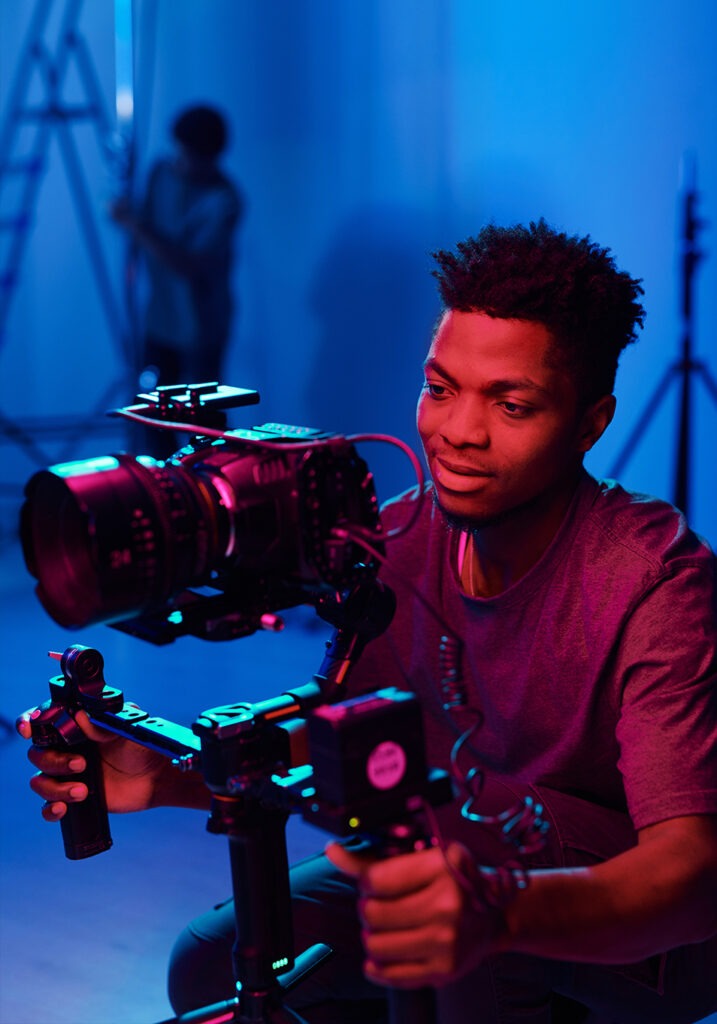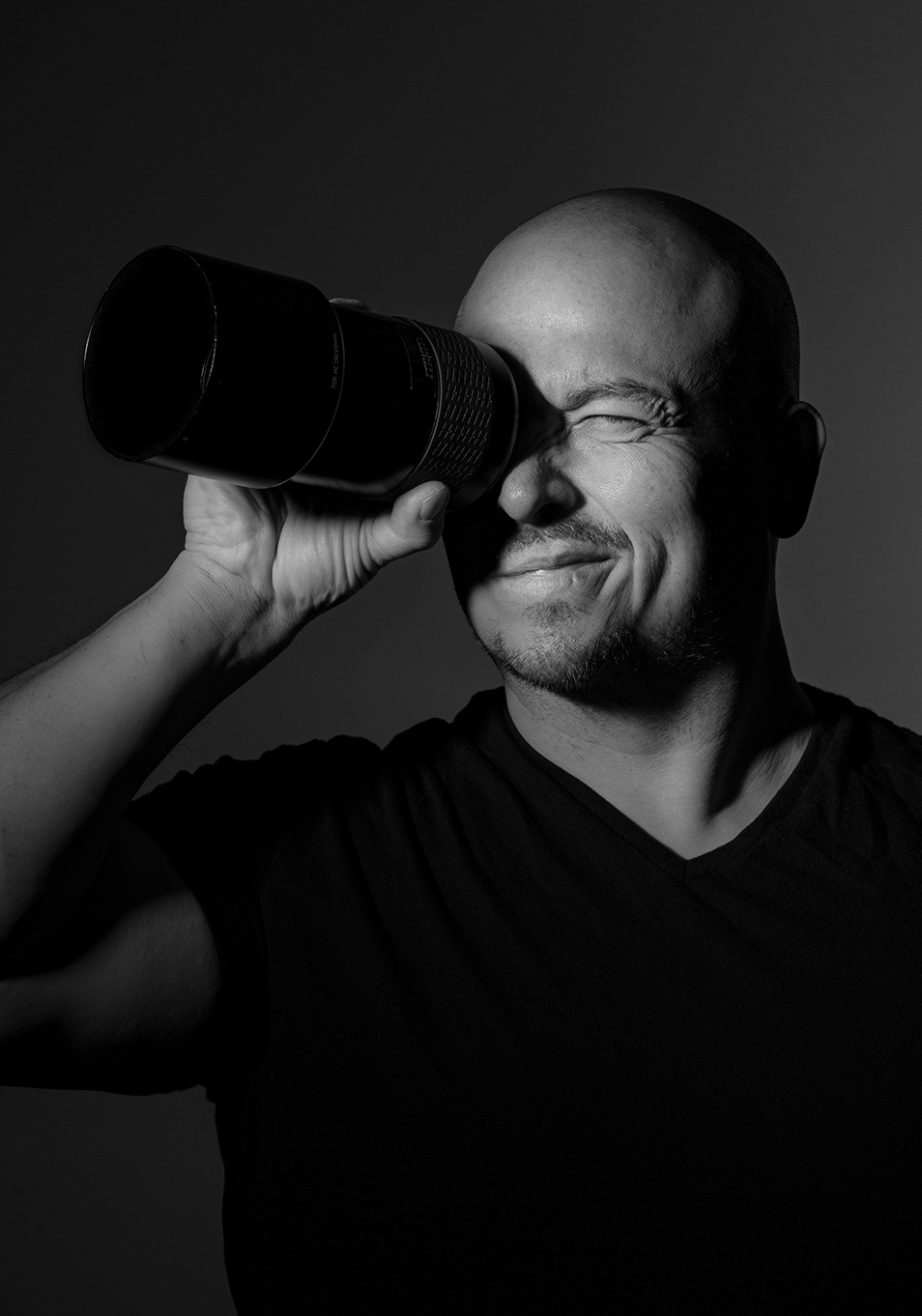This is what I wake up thinking about
So, you’ve caught the filmmaking bug and are eager to dive into the mesmerizing world of cinema. Whether you’re a wide-eyed film school student or a passionate self-starter, the journey ahead is both thrilling and challenging. To help navigate this path, let’s explore a range of practical tips that cover the entire filmmaking process, from the inception of an idea to the final cut.
Crafting the Blueprint: The Art of Scriptwriting
At the heart of every great film is a compelling script. Aspiring filmmakers must hone their storytelling skills to create narratives that captivate audiences. Start by immersing yourself in the works of master screenwriters, dissecting their scripts to understand the nuances of structure, dialogue, and character development. Remember, the script is the blueprint; a solid foundation ensures a sturdy cinematic edifice.
While it’s essential to study established screenplays, don’t shy away from experimenting with your unique voice. Use your experiences, observations, and emotions to infuse authenticity into your scripts. Seek feedback from your peers or mentors, embracing constructive criticism as a vital tool for growth. As you refine your storytelling prowess, consider attending scriptwriting workshops or online courses to gain insights from seasoned professionals.
From Page to Production: Understanding the Filmmaking Process
Once armed with a compelling script, the transition from page to production demands a meticulous understanding of the filmmaking process. Familiarize yourself with the roles of each crew member, from the director of photography to the production designer. This comprehensive knowledge enhances your ability to communicate effectively with your team, fostering a collaborative and efficient production environment.
Utilize pre-production as a crucial planning phase. Create shot lists, storyboards, and a detailed shooting schedule to streamline the shooting process. As a director, your ability to visualize the entire film before stepping onto the set empowers you to make informed decisions on the fly.
Capturing Cinematic Magic: Mastering Cinematography and Visual Storytelling
Cinematography is the visual language of filmmaking, and mastering this craft is fundamental to creating a visually striking and emotionally resonant film. Dive into the works of legendary cinematographers like Roger Deakins or Emmanuel Lubezki, understanding how they use lighting, framing, and camera movement to tell compelling stories.
Experiment with different cameras and lenses, grasping their impact on the visual narrative. Familiarize yourself with the technical aspects of cinematography, such as aperture, shutter speed, and ISO. Leverage this knowledge to make intentional choices that serve your storytelling goals. You don’t need to go to film school. Everything you could possibly want to teach yourself is available somewhere online. YouTube is an incredible tool at your fingertips.
Visual storytelling extends beyond the camera; it encompasses production design, costume, and color palette. Collaborate closely with your production designer and costume team to ensure a cohesive visual language that reinforces the narrative. Attend cinematography workshops, explore online resources, and, most importantly, practice your craft relentlessly. You don’t need an Arri Alexa or the latest RED camera, just pick up your cell phone and start filming.
The Director - Actor Dynamic: Nurturing Authentic Performances
As a director, your ability to communicate effectively with actors is paramount. Understanding the actor’s journey and the nuances of performance allows you to guide your cast towards authentic portrayals. Richard Brestoff’s book, “The Camera Smart Actor,” proves invaluable in gaining insights into the actor’s perspective, fostering empathy and a shared vocabulary.
Create a supportive and collaborative atmosphere on set, encouraging open communication. Before shooting, engage in rehearsals whenever possible to build rapport with your cast and refine performances. Understand that each actor has a unique process; some thrive with detailed direction, while others flourish with more freedom.
During the shoot, provide constructive feedback, balancing praise with guidance for improvement. Remember, a director’s role extends beyond technical instructions; it involves nurturing an environment where actors feel safe to explore and express themselves. The director-actor dynamic is a symbiotic relationship; the more you invest in understanding your actors, the richer the performances will be.
Post-Production Prowess: Editing and Sound Design
Post-production is where the magic truly comes together. Cultivate an understanding of the editing process, whether through hands-on experience or studying the works of accomplished editors. Walter Murch’s “In the Blink of an Eye” is a valuable resource that delves into the art and craft of film editing.
Collaborate closely with your editor, providing a clear vision while allowing space for creative input. Lear about pacing, rhythm, and the emotional impact of different editing techniques. Sound design is equally crucial; a well-crafted soundscape enhances the viewer’s immersive experience. Familiarize yourself with audio editing software and experiment with creating dynamic soundscapes.
Navigating the Industry: Networking and Continuous Learning
In the ever-evolving landscape of filmmaking, networking is a powerful tool. Attend film festivals, workshops, and industry events to connect with fellow filmmakers, producers, and potential collaborators. Establishing a network opens doors to new opportunities, be it finding a producer for your project or collaborating with talented professionals.
Continuously educate yourself about industry trends, technological advancements, and emerging storytelling techniques. Subscribe to filmmaking magazines, join online forums, and engage in conversations with like-minded individuals. The film industry is dynamic, and staying informed positions you as a versatile and adaptable filmmaker.
The Art of Resilience: Embracing Challenges and Failures
Filmmaking is a journey marked by challenges and setbacks. Embrace failure as a steppingstone to success; each misstep is an opportunity to learn and grow. Sidney Lumet’s “Making Movies” offers insights into the resilience required in the face of adversity. Lumet’s experiences remind aspiring filmmakers that challenges are an integral part of the creative process.
Whether it’s overcoming budget constraints, technical glitches, or creative differences, resilience and grit are your greatest assets. Surround yourself with a supportive team, learn from setbacks, and approach each obstacle as a chance to innovate. The ability to adapt and persevere is what distinguishes successful filmmakers.
Conclusion: Charting Your Course in the World of Filmmaking
Embarking on a filmmaking journey is an exhilarating pursuit filled with learning, creativity, and collaboration. As you navigate the complexities of scriptwriting, production, cinematography, and post-production, remember that each phase contributes to the tapestry of your cinematic vision.
Draw inspiration from the works of seasoned filmmakers, immerse yourself in the technical aspects of the craft, and cultivate a collaborative spirit with your team. The journey may be arduous, but with passion, resilience, and continuous learning, you’re poised to carve your unique path in the captivating world of filmmaking.
"Your biggest break can come from never quitting. Being at the right place at the right time can only happen when you keep moving toward the next opportunity."
- Steven Spielberg Tweet



